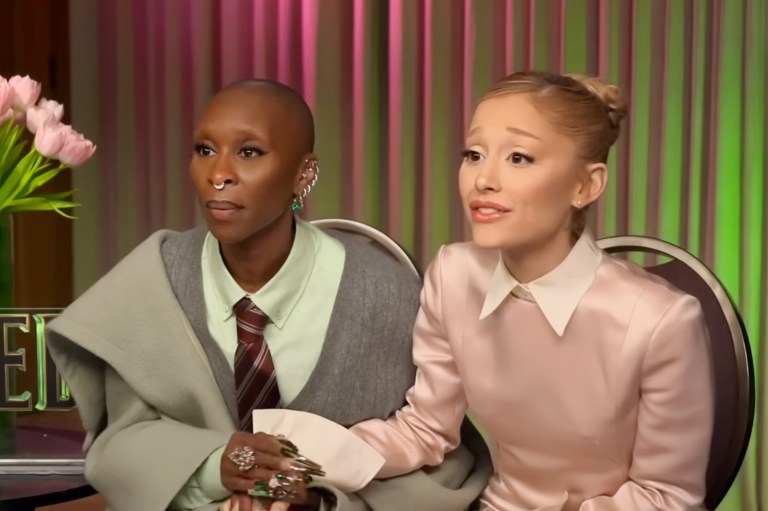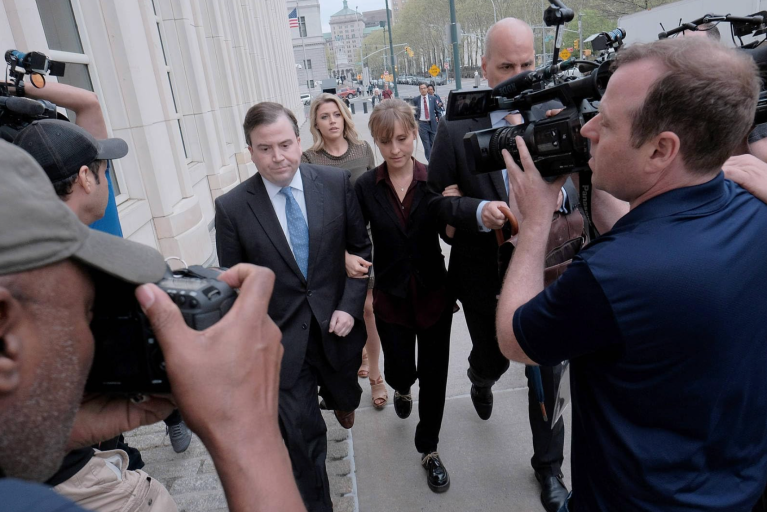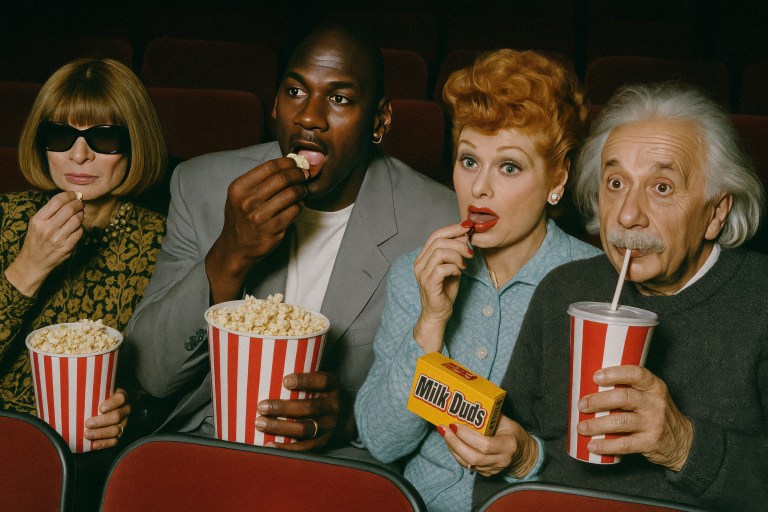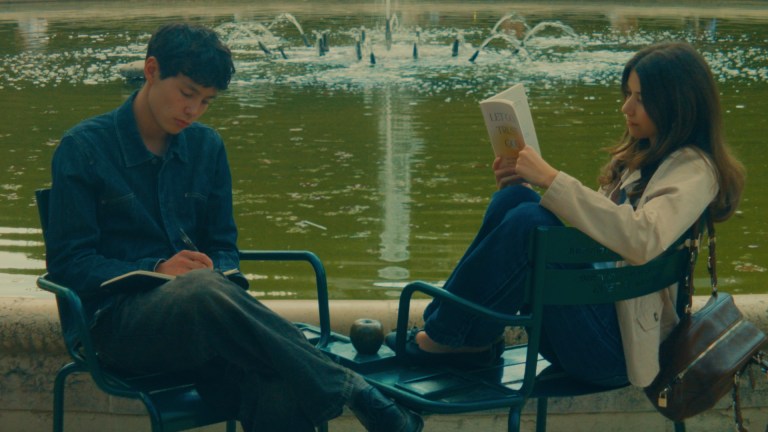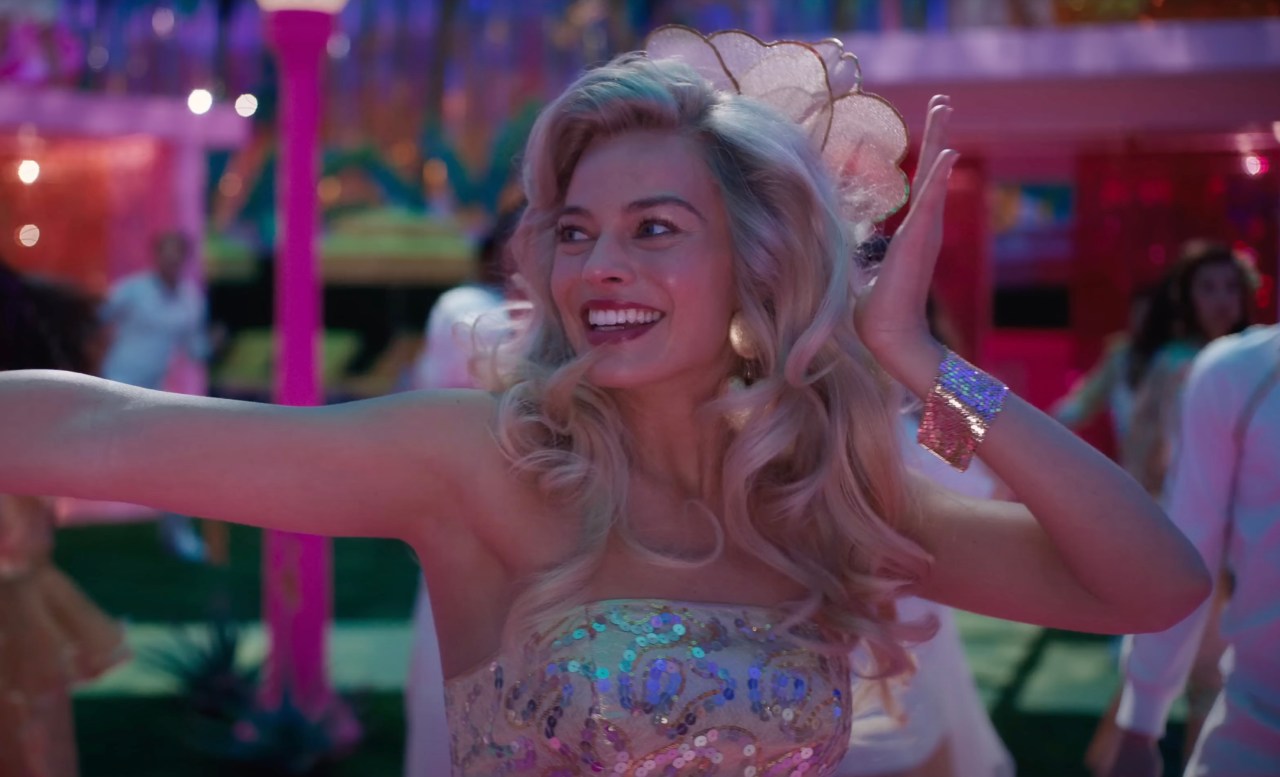
‘Barbie’, Taylor Swift, And The Summer Of Feminine Joy
In the words of the great Anya Taylor-Joy, “I have a thing about feminine rage.”
It’s not just that I feel it, it’s that I crave it—in art, in movies, in music. My bookshelf alone probably makes me look like a walking red flag to some. But there’s something so interesting to me about this divorce from the stereotypically “ladylike” emotions to embody something more visceral, more masculine, yet something only women can truly relate to. Feminine rage is not just anger, it’s retribution. It’s rebellion. It’s Gone Girl, it’s Promising Young Woman, it’s Olivia Rodrigo screaming, “I’m so sick of 17, where’s my fucking teenage dream?” It’s feeling every word in your bones, even decades into adulthood.
The times have been cruel to women. I could list out the ways, but what’s the point? It’s taxing to relive, and without me so much as typing out a single example, you’re already thinking of something. (You are. I know you are. Don’t insult either of our intelligences by pretending otherwise.) That’s because it doesn’t matter who you are or where you’re from—there is no place untouched by misogyny or violence against women. It’s no surprise the girls are pissed off—why wouldn’t we be?
But for once, I don’t want to talk about feminine rage. I want to talk about feminine joy.
* * *
Two weeks ago, I found myself in the passenger seat of my own car as my friend drove us to Arrowhead Stadium. There was so much traffic on the highway that we were at a standstill, which was unusual for a Saturday afternoon, though not unusual for the commute to a Taylor Swift concert. There we were, screaming along to “Anti-Hero,” surrounded by other cars full of women singing whatever Taylor Swift song happened to be playing through their stereo, when the SUV on our left honked and signaled to ask if they could merge in front of us.
“Go for it, bud,” my friend said, waving them over.
The woman sitting in the passenger seat of the SUV blew us an enthusiastic kiss of gratitude, then looked me dead in the eye, held up a White Claw, and mouthed, “Do you want this?”
“Absolutely,” I mouthed back.
Stuck halfway between two lanes, the SUV stopped and the girl jumped out, smoothing out her gauzy purple dress as she skittered across the highway. She handed me the White Claw through the open window, then slid a beaded bracelet that said “it’s me hi” off her wrist and into my friend’s hand. “Thank you!” she said enthusiastically before booking it back to the SUV.
“What the hell was that?” my friend said, staring down at the bracelet, perplexed.
That, my friend, is feminine joy.
To say that the Eras Tour was probably my favorite concert experience wouldn’t be an overstatement. Sure, procuring the tickets was hell (yes, I was stuck in the Ticketmaster queue for five hours and lived to tell the tale), but on the day of the show, there was magic in the air. Walking through the parking lot toward the stadium alone felt akin to stepping into a Taylor Swift-themed Barbieland—everywhere I looked, there were women in dresses, in glitter, in pink, in heart-shaped sunglasses. And everywhere I looked, there were strangers stopping to greet one another.
“Oh, hi!” one girl in a white sparkly dress called to me from the other side of the lot. “I saw you in your car earlier!”
“Love your dress!” someone else said to me as they passed by.
Later, when I told another friend about the experience, she raised her eyebrows, surprised. “Well, that sounds a lot better than the concert we went to together a few years ago,” she said. It had been an alternative show in a little venue in the middle of the city. Someone had spilled their beer down my side without apologizing. Someone had groped her from behind, though she never found out who. They were gone before she found the courage to confront them.
* * *
Looking back at it now, I’ve started to realize something. I’d had another positive concert experience just two weeks before I saw Taylor Swift, this time at a Fall Out Boy show. (Their opener, power-punk bubble-grunge duo Daisy Grenade, is another delightful example of feminine rage, though that’s a story for another time.)
The concert experience as a whole was what you’d expect. Some guy I didn’t know tried to offer me a beer before entering the venue, but I didn’t entertain the idea. Inside the arena, hardly anyone interacted with me at all—that is, until I finally caved and decided to stand in the long line leading to the women’s restroom. “That shirt looks amazing on you,” the woman waiting in front of me said. Within the span of ten minutes, I got three more compliments on the shirt and a particularly kind comment about my hair. It reminded me of the joke about women drunkenly obsessing over one another in bar bathrooms. In these safe spaces, it was almost as if the environment completely transformed.
So maybe I shouldn’t have been so surprised about the heartfelt interactions at the Eras Tour. In some ways, it was like being in an arena-sized bar bathroom full of women who had all come together to celebrate the music that had shaped their girlhood—and eventually, their womanhood. Everyone had come dressed to honor the era of not just Taylor Swift’s career but of their own life in that moment in time. Because who among us hadn’t blared one of her songs when we realized we were falling in love? Or when we cried, broken, on a drive home? Or when we were dancing with friends on a Friday night? Taylor Swift is many things to many people, but in her nearly decades-long career, her music became our very own coming-of-age soundtrack. It felt like a precious thing, to be able to share that with one another.
There’s a lot I could say about her three-and-a-half-hour-long show, but I’ll settle on this: When she sang the song I once played on repeat during one of my earlier heartbreaks, I cried. And when she sang the song that later helped me move past that very same heartbreak, I screamed along to every word, joining in with the chorus of the crowd. By the time we left the stadium, I felt like I’d experienced an exorcism of sorts—as if, by reliving so many pivotal moments of my life while in the presence of thousands of other women who were reliving their own, I had purged myself of something I didn’t even know was living inside of me. I felt lighter. I felt a little more myself than I had in a long time.
Walking back through the parking lot after the show, guided by a few street lamps and the moonlight, I watched the blacktop shimmer with body glitter, shed from the faces and arms of hundreds of women like snakeskin, and smiled.
* * *
In some ways, the concert has already begun to feel like a dream. The feeling still lives inside of me, though, in a way I find difficult to explain. It probably helps that just this past weekend, I experienced something very similar at a different event entirely: Greta Gerwig’s Barbie.
Let’s be honest for a moment here—no one with any access to technology could escape the hype. For months, people have been planning their Barbenheimer itinerary and outfits, speculating about the movie’s storyline, and gushing about Ryan Gosling as Ken. It’s no surprise that the film’s opening weekend was the biggest of the year—and also one of the biggest of all time. Everyone wanted to see it, whether or not they grew up playing with Barbies.
Some might attribute Barbie’s success with the way it taps into the nostalgia of the doll. I won’t deny that was probably a contributing factor, at least to some extent. But I would also argue it was because it tapped into something bigger, even without people having seen the full movie yet—it was a movie geared for women. Not girls, not just teenagers, but women of all ages. It was advertised as campy. It was advertised as funny. But more than anything, it was advertised as brazenly and shamelessly feminine.
* * *
There’s this joke in one of the animated Barbie movies that my friend told me about. It starts with a game show host asking the contestants, “What’s Barbie’s favorite ice cream flavor?”
“Pink!” someone calls out.
“That’s not a flavor—” someone else starts to protest, but the host cuts them off.
“Correct!”
After all, what is Barbie if not very, very pink?
Personally, I’ve always had a complicated relationship with the color. When I was a little girl, it was my favorite, and people encouraged my enthusiasm for it. I had pink dresses, pink shoes, a pink bike. Nearly every toy I owned incorporated the hue to some degree. But when I grew up, something happened: the color disappeared from everything. I traded out pink skorts for ripped jeans and black t-shirts. I threw out the rainbow comforter on my bed and replaced it with a black one.
I don’t need Freud to tell me that my rejection of the color pink was, in part, a rejection of my own femininity. By the time I reached my teenage years, it became clear that womanhood came with a burden to carry, and I wanted nothing to do with it. I thought if I wore darker, baggier clothes, men might stop catcalling me on the street. I thought if I leaned into my tomboy persona, maybe I could escape all the unrealistic expectations the world was constantly trying to shove onto me.
They say hell is a teenage girl for a reason. The truth is, deep down, I wanted to be pretty, but I never felt like I was ever going to be pretty enough. I wanted to be desirable, but men’s attention often made me feel like prey. I wanted to be taken seriously, and for some reason all the people who once encouraged me to embrace pink now acted as if the color somehow tainted my peers, making them seem shallow, ditzy, and frivolous. I wanted to discern myself from the other women in my life, to prove I could escape the fate that doomed them; instead, I dismissed them completely, just as I feared the world would do to me.
* * *
Pink is one of my favorite colors again. I own pink chairs, a pink comforter, pink curtains. On one wall, I have a panel of iridescent pink beads that shimmer when the sun seeps in through the window. Someone once walked into my apartment for the first time and joked, “It’s like a Barbie Dreamhouse in here.” If it was supposed to be an insult, I didn’t take it as one. To do so would be to presuppose that there’s something inherently wrong with the feminine, but these days, I do more than just embrace it—I bask in it. I let myself embody it in every way that I can. I find ways to hide it in every corner of my existence.
So when I went to see Barbie on its opening day, I wore the brightest, most blinding shades of pink my wardrobe had to offer. I brushed the color onto my eyelids and painted it onto my lips. I collected it on my wrists in the form of bracelets, much like the one the woman at the Taylor Swift concert had handed my friend. And when I showed up to the theater, I saw that almost every other woman had done exactly the same.
Barbie was a great movie, but in truth, it will always be overshadowed by the experience of getting to watch it with a group of strangers who didn’t really feel like strangers at all, because we were all there for the same reason. We wanted to celebrate femininity. We wanted to celebrate ourselves. We laughed together at the jokes that only someone who had lived the female experience could truly understand, and we clapped together during America Ferrera’s monologue about the contradictory nature of womanhood, and we cried together at the emotional gut-punch at the culmination of the film that boiled down to this: being a woman is a complicated, beautiful thing in this world. It is a curse, but also the biggest blessing. Who among us couldn’t relate?
This is why I want to focus on feminine joy. Not because feminine rage isn’t important, but because I am sick of the weight of all this anger. I have carried it for so long now that on some days, it feels like it’s become a part of me. But then there are these moments—the ones you find in bar bathrooms and at Taylor Swift concerts and in the comfort of a dark movie theater—where, for a brief amount of time, you can set it all down. You can remember who you were before the first catcall, before the first betrayal, before the first time the world tried to shove you into a box. You know the anger will always be there, but suddenly there is more room for other things, too.
If hell is a teenage girl, then heaven is a room full of women ready to reclaim their joy. We may not live in Barbieland, but I’m convinced it’s the closest we’ll ever get.
